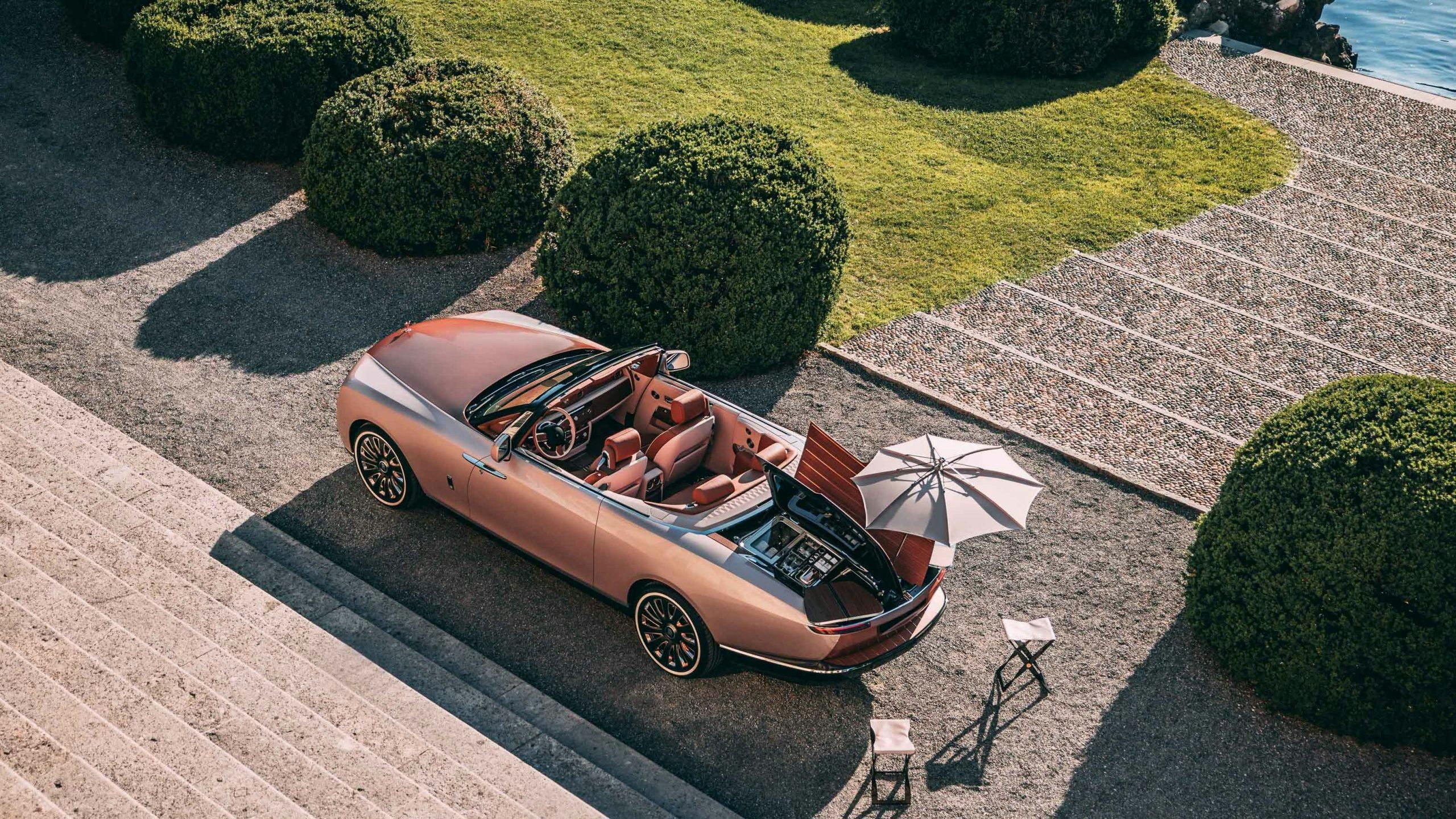One of the biggest hurdles in pricing is often preconceived belief. It’s human nature to assume that because something apparently makes sense, it should always be the case. A little more than a decade ago I developed a luxury pricing tool that I named the Luxury Index (LI). It’s a tool that provides insights into the pricing potential of a brand and helps to generate data-based decisions. Once the tool was developed, I started analyzing random categories and brands across different luxury sectors.
What I wanted to understand was a seemingly simple question: is there any logic to how categories develop a luxury tier? The LI allowed for the first time an estimate of how much value had been created in a category by calculating the value spread between the cheapest (hence purely functional) and most expensive (hence most value-creating) product in a given category. The results were mind-blowing.
Categories that — at first glance — were luxurious (think champagne, diamonds, hotel suites, first class airline seats, or cars) showed a relatively low LI, hence a comparatively limited value spread versus the base product in their respective category. Categories that we would not initially associate with luxury, like water, breakfast omelets (!), and shoes, showed a remarkable value spread and managed to generate a far superior value creation than others.
This inspired me, by calculating the difference in the Luxury Index results between categories, to predict that a 10 million car was not just a possibility, but that it would become a reality within the next decade. At that time, the most expensive car money could buy, the Bugatti Chiron, was barely exceeding a 1 million price point, while most other luxury cars were priced between 300,000 and 500,000. When I gave an interview suggesting that the most expensive cars are too cheap, there was disbelief. Many commentators said I was crazy to suggest the possibility of these price levels and that it would never happen. And, when I discussed it with several CEOs of luxury car brands at that time, they laughed. No one believed that it was possible to sell a car beyond a million dollars. After all, it practically never happened.
This is the danger when brands limit themselves to what feels familiar. It feels intuitive to do so, but it is in most cases wrong. Just a few years later, the number of car brands with an offer beyond 1 million was already significant and now includes Lamborghini, Ferrari, Aston Martin, McLaren, Rimac, and Automobili Pininfarina, to name a few. Bugatti was able to sell several cars at price points exceeding 10 million, with La Voiture Noir fetching close to 20 million. And Rolls-Royce presented a car that costs almost 30 million, so far marking the pinnacle of pricing in new cars.

Yet at such price points, cars are still far below their pricing potential, because even at 30 million, the Luxury Index for cars remains much lower than other categories with a luxury tier. The same is true for many other segments. The most expensive sneaker, Louis Vuitton’s Nike Air Force 1 by Virgil Abloh, fetched prices exceeding 350,000. If a sneaker can create that much value, many categories seem undervalued.
However, there's a catch: just increasing prices won’t work. The products and brands that provide the highest perceived value are those that have a unique story. This is why brand storytelling, as discussed previously in my Future of Luxury column here in Jing Daily, is the superpower that unlocks the potential of brands. And this is where many brands have major issues. The positioning often lacks clarity, the value creation model is not clear, and internal teams often interpret the brand story in their own way — opening the door for a messaging mess. All of this suppresses a unique brand experience. Value is destroyed.
This explains why many brands struggle in achieving higher price points. ALV, short for Added Luxury Value, is driven by the storytelling, and this in turn drives the willingness to pay. Hence, if there is no unique, intriguing, differentiating, relevant, and desire-inducing story, there is — frankly — no value, or just the very basic functional and emotional value components of normal to premium products.
The potential of luxury is in the story. And internal beliefs often impact the inclination to give the story enough attention. As a result, most brands just price the way everyone else does, because they can’t break out of the sea of sameness. Instead of playing to win, playing it safe becomes the default in many cases. I would urge a change of mindset — to understand the true potential your brand has. Don’t let category norms hold you back. Don’t let preconceived beliefs fool you. Let numbers speak. And tell your story boldly. This is the secret of how to unlock a luxury brands's pricing power.
This is an op-ed article that reflects the views of the author and does not necessarily represent the views of Jing Daily.
Named one of the “Global Top Five Luxury Key Opinion Leaders to Watch,” Daniel Langer is the CEO of the luxury, lifestyle and consumer brand strategy firm Équité, and the executive professor of luxury strategy and pricing at Pepperdine University in Malibu, California. He consults many of the leading luxury brands in the world, is the author of several best-selling luxury management books, a global keynote speaker, and holds luxury masterclasses on the future of luxury, disruption, and the luxury metaverse in Europe, the USA, and Asia. Follow @drlanger


